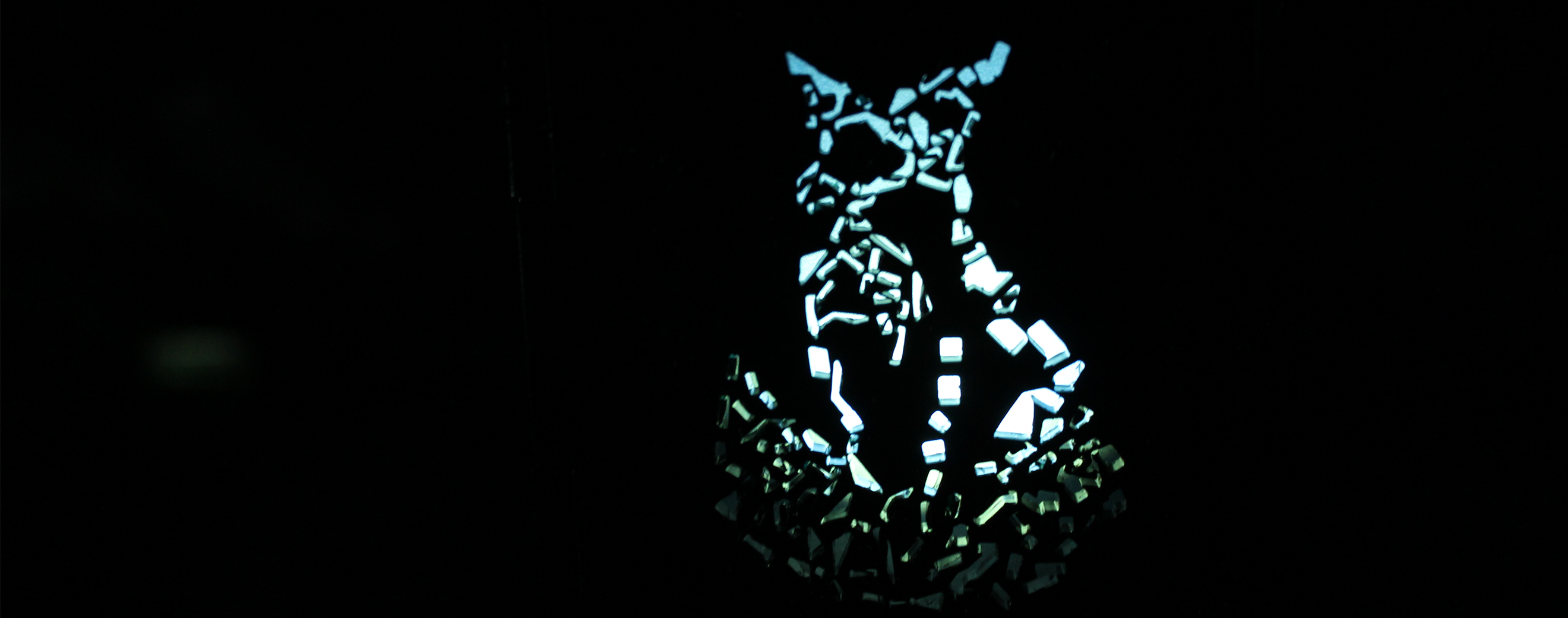
Changing Shape Of Place
Brief
Make designs for outdoor seating
Designs to fit 350x350mm space
To be cut into anodized aluminium
We were set a competition brief where we were given the task of
making designs for 20 light-box seats for an outdoor space in
Sheffield. Sheffield Hallam Univeristy were working with a local
architecture firm along with the council to involve students in the
design process for the outdoor seating. The seating was to be part
of a new green space in Sheffield at the heart of the Sheffield
Hallam faculty area and campuses in a new 'pocket park' aptly named
'Hallam Green'.
This was my first competetion brief as a graphic designer and I was
eagar to explore the connection between new green spaces, local
natural history and connections with people in the inner city.
My idea focused on creating illustrative designs for the light-boxes
which represented an inclusive and varied set of abstract
representations of local animals and fauna.
The heart of my designs were creating a connection between people
and nature using abstract patterns where new shapes and forms could
emerge in a way which encouraged people to exercise their
imaginations and see things from new perspectives.
Promting the idea of local wildlife and environments was crucial to
the connection between the viewer and aimed to create a forward
thinking and optimistic environment where people were inspired to be
part of the growing environmental and biodiversity protection
movements.
Processes
User research
Problem definition
Ideation
Low fidelity prototyping
Idea selection, refinement & development
High fidelity prototyping
Stakeholder presentation
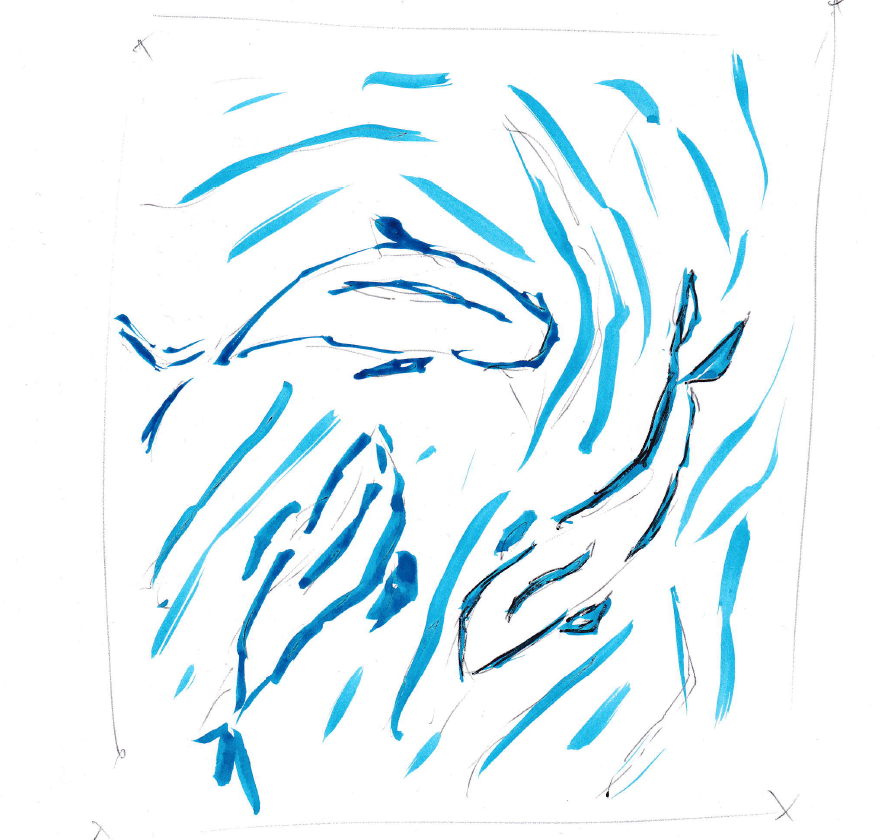
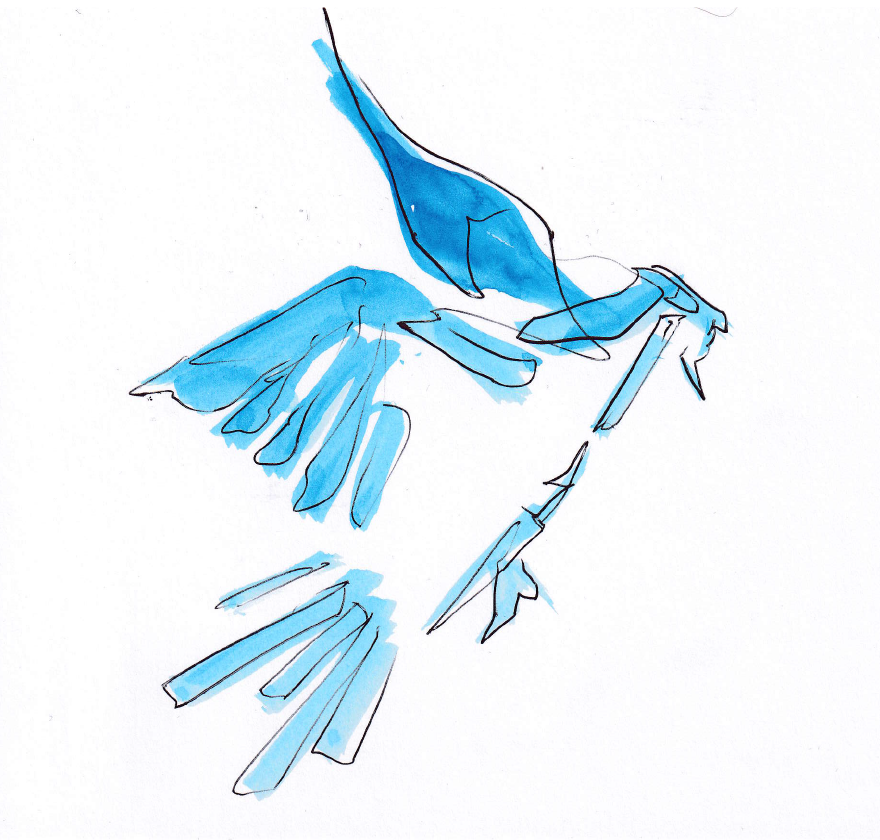

I started by conducting research and defining the problem which I
wanted to solve. I interviewed students who would be a likely
demographic for using the seating and formed my initial ideas around
their feedback.
After ideating solutions to the problem I began to make sketches on
paper and digitally which were abstract representations of local
wildlife and fauna. I tried to produce a diverse range of subjects
in this style then set about making low fidelity wooden prototypes
which were miniture versions of the light-boxes. This allowed me to
easily test the robustness of the designs for strength and viability
while also allowing to arrange the different boxes to form a
narrative people could follow while walking through the park.
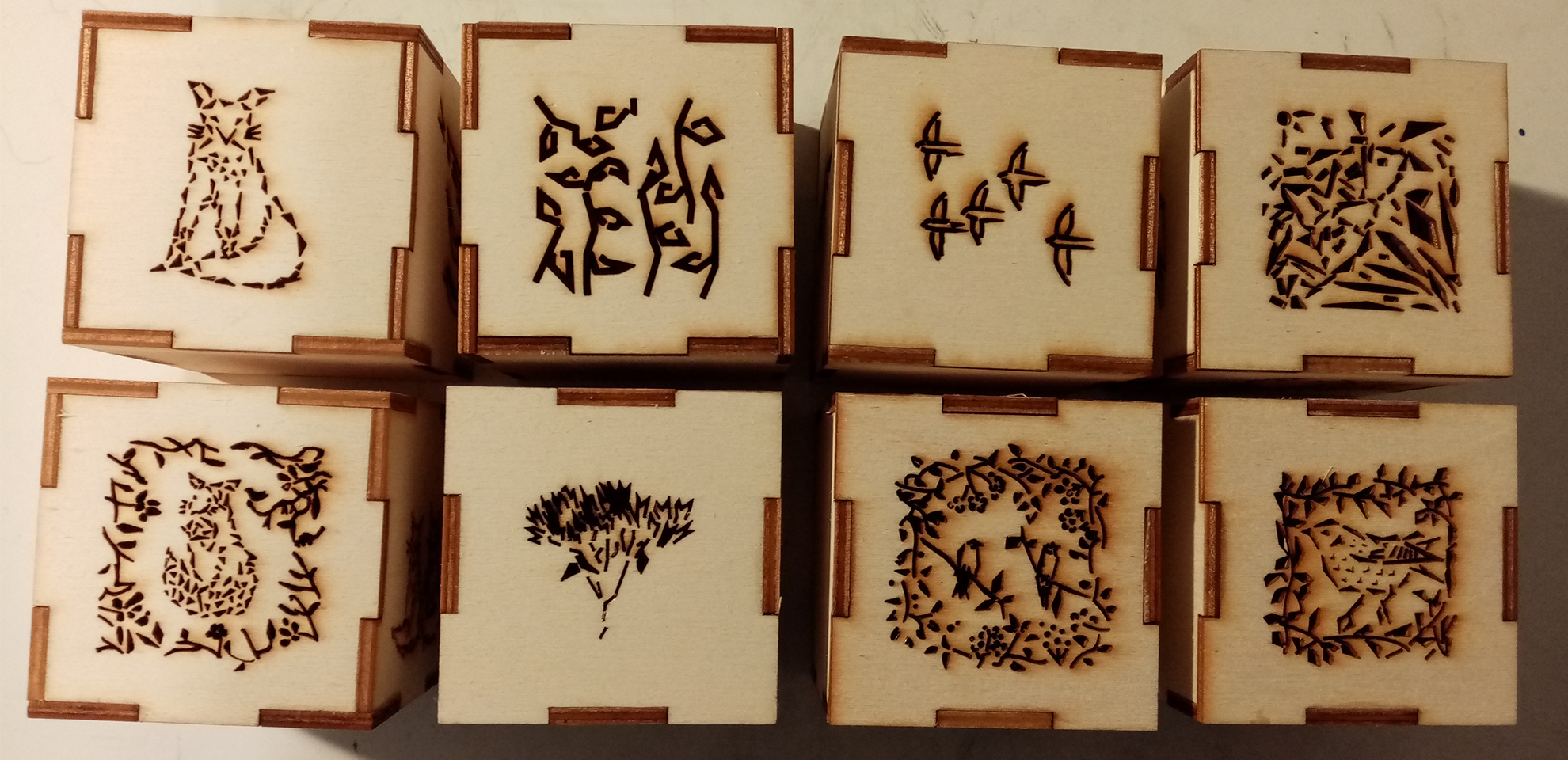
In order to produce innovative and compelling designs I wrote code using the programming language 'processing' which allowed me to produce these images. By using consistent mathmatical rules as well as randomness I was able to create unique designs which also conformed to specific standards, aiding with the ease of the illustration process as well as producing viable designs which would be suitible for cutting into metal boxes.
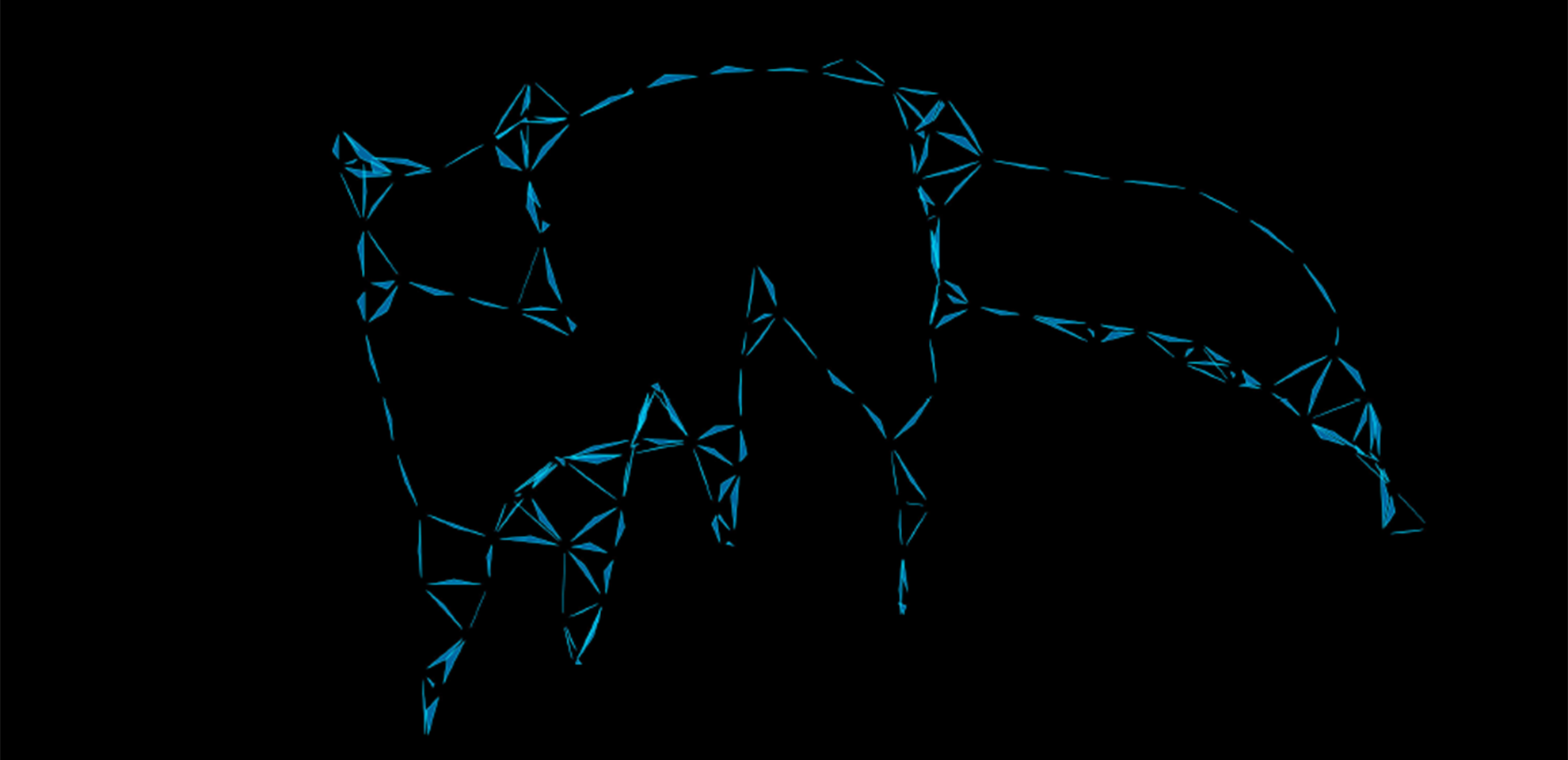
I moved onto producing higher fidelity prototypes which while small
and only able to fit in the palm of your hand reproduced the effect
of a dark black box with light shining through the sides.
I produced a whole series of these as well as printed material which
allowed me to rapidly decide which designs could go onto which cubes
as well as being a nice set of memorabillia!
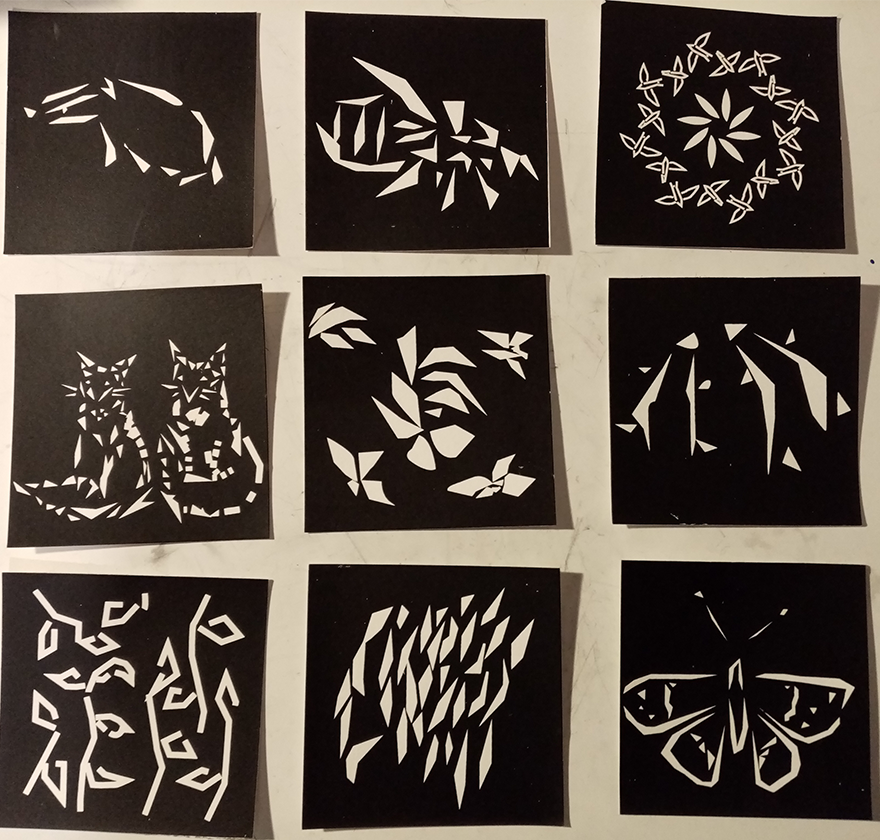
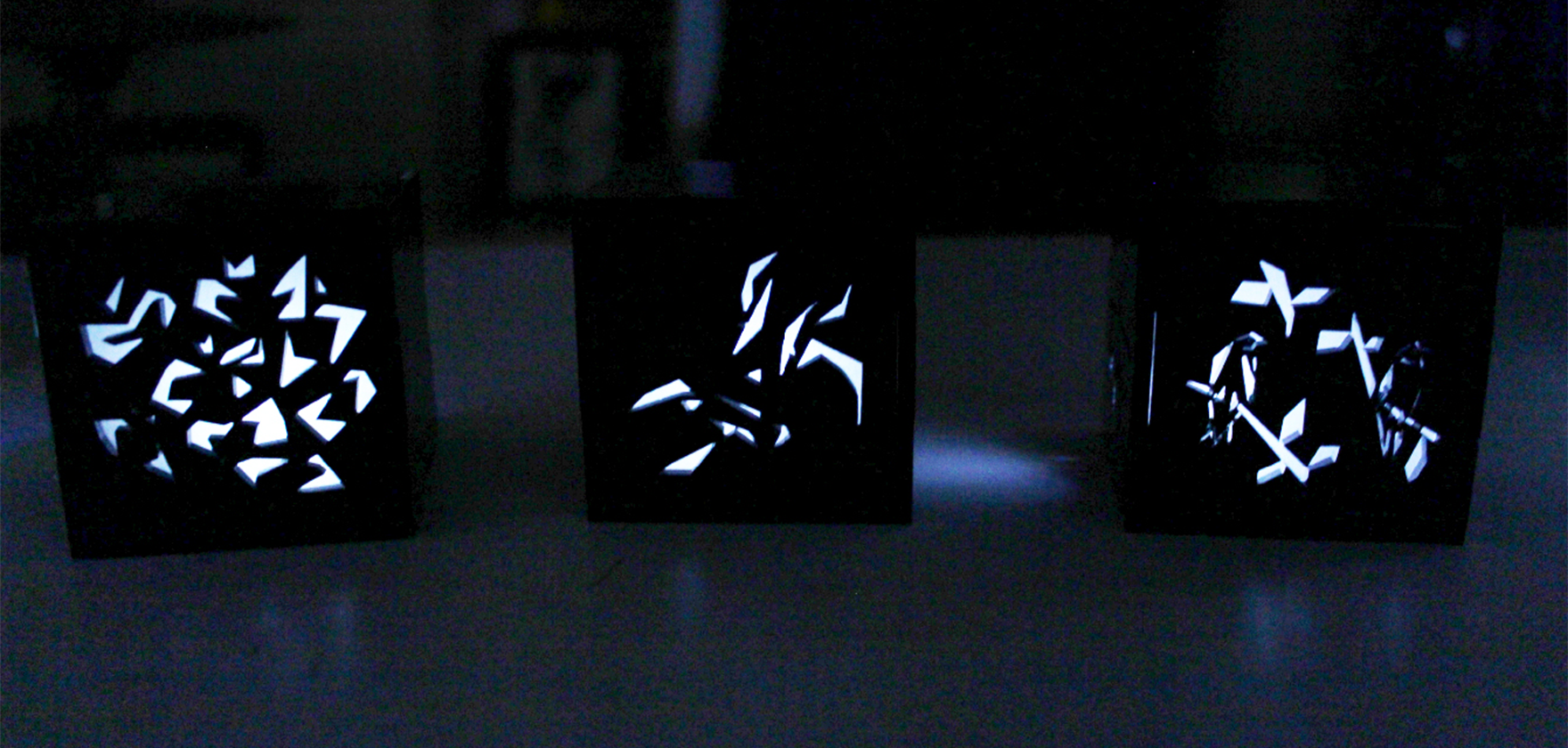
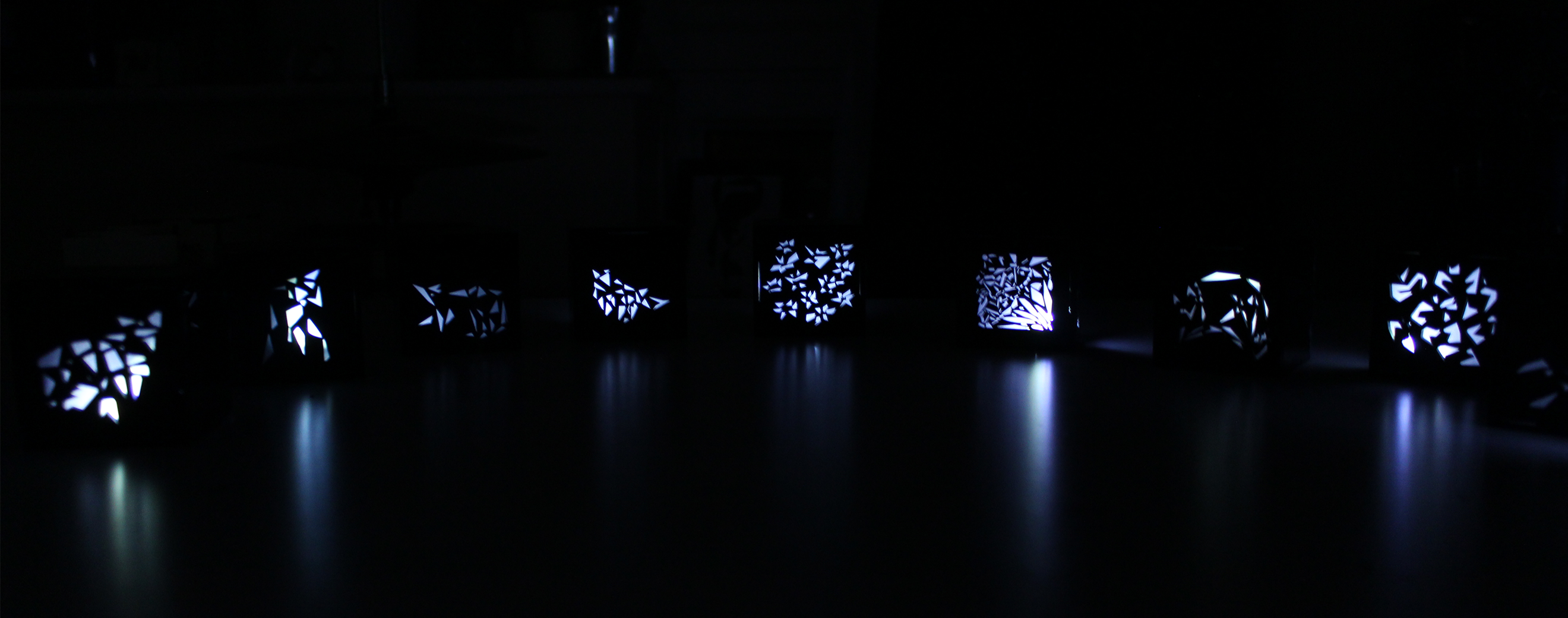
Get In Touch
james.mDesign@gmail.com
07598518173
About
I do graphic design, creative coding, UX design, art and music.
I believe in open and collaborative design practices.